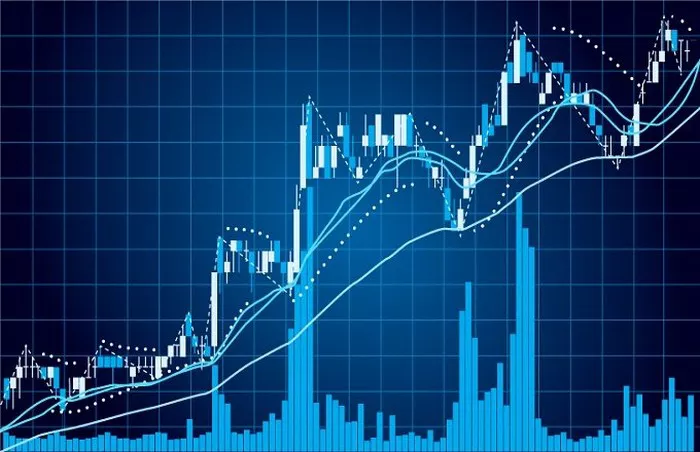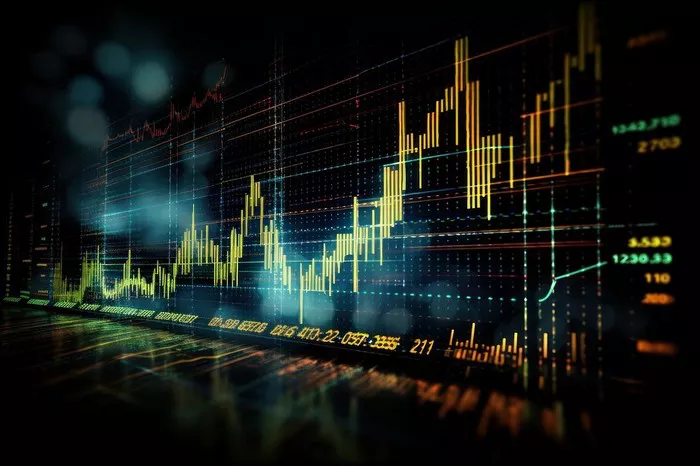The stock market is a dynamic environment, with prices fluctuating constantly due to various factors such as economic reports, company earnings, and geopolitical events. As investors and traders seek to capitalize on these price movements, certain times during the trading day tend to be more volatile and offer greater opportunities for profit. One of these times is referred to as “Power Hour.” Understanding when power hour occurs and how to leverage it can significantly impact your trading strategy and performance.
In this article, we will explore what power hour is, when it occurs, and how traders can use this period to make informed decisions. Additionally, we will discuss the factors that contribute to power hour and provide insights on how to approach trading during this time.
What Is Power Hour in Stocks?
Power hour refers to the final hour of trading in the stock market, typically from 3:00 PM to 4:00 PM Eastern Time (ET) in the U.S. markets. During this time, trading volume tends to increase, and stock prices often experience heightened volatility. This period is significant because it marks the closing of the market, and many investors and traders make final decisions based on how the market is moving.
Power hour is a time when significant market action can occur. Institutional traders, hedge funds, and large investors often make their final trades of the day to balance their portfolios or position themselves ahead of the next trading day. Retail investors and day traders also tend to adjust their positions as they attempt to capitalize on short-term price movements.
Why Is It Called “Power Hour”?
The term “power hour” is used to describe this time because of the increased activity and potential for sharp price movements. The last hour of trading can see a rush of trades, as investors attempt to adjust their portfolios, close out positions, or react to new information that has come to light during the day. It is a time when market participants are particularly focused on making trades before the market closes, which results in increased liquidity and volatility.
For day traders, power hour is often seen as the best time to make profits due to the price movements that take place. For longer-term investors, it may be a time to analyze trends and adjust their positions for the next trading day.
When Does Power Hour Occur?
Power hour typically occurs during the last hour of trading on the New York Stock Exchange (NYSE) and the NASDAQ, which are the two largest stock exchanges in the U.S. The standard U.S. stock market trading hours are from 9:30 AM to 4:00 PM ET, Monday through Friday, excluding market holidays. Therefore, power hour generally takes place between 3:00 PM and 4:00 PM ET.
It’s important to note that power hour can vary slightly depending on the specific market and trading session. For example, in European markets, the trading day typically runs from 9:00 AM to 5:30 PM CET. As a result, power hour would occur in the final hour of that session, from 4:30 PM to 5:30 PM CET.
Key Factors to Consider
Market Closes at 4:00 PM ET: The last hour of trading is critical for those looking to finalize their trades before the market closes. This creates a sense of urgency for investors to make decisions before the end of the day.
Increased Volume: Volume tends to surge during power hour as traders look to capitalize on last-minute opportunities or hedge their positions. This can lead to increased liquidity and can cause sharp price movements.
Institutional Investors’ Activity: Large institutional investors, such as hedge funds and mutual funds, often make adjustments to their portfolios during power hour. Their actions can cause large-scale price movements, which can be leveraged by day traders or other market participants.
Why Is Power Hour Important for Traders?
Power hour is important because it provides a concentrated period of activity and volatility. Here are some reasons why power hour can be beneficial for traders:
1. Increased Trading Volume
One of the main reasons why power hour is so significant is the increase in trading volume. Higher volume means there is more liquidity in the market, which allows traders to enter and exit positions more easily. This increased liquidity can result in more accurate price movements and less slippage for those placing trades.
For day traders, higher volume also provides more opportunities to capture quick price movements. The increased activity during power hour can help create trends that traders can exploit. However, it’s also important to note that higher volume can lead to higher volatility, which means greater risk for traders.
2. Institutional Influence
During power hour, large institutional investors tend to make their final trades of the day. These trades can have a significant impact on stock prices, as institutional investors often deal with large quantities of shares. When an institutional investor places a large buy or sell order, it can push the price of a stock in one direction, creating opportunities for traders to take advantage of short-term fluctuations.
Traders who understand the behavior of institutional investors can use power hour to predict potential price movements. For example, if an institutional investor is closing out a large position, it may cause a sudden drop or rise in the stock price. Savvy traders may use technical analysis to anticipate these movements and position themselves accordingly.
3. Potential for Sharp Price Movements
Power hour can be a time of increased volatility due to a combination of factors, including the closing of positions, news releases, and the overall market sentiment. This heightened volatility can create sharp price movements that can be profitable for traders.
For example, if a significant piece of news is released during power hour, it could lead to a drastic change in stock prices. Traders who are quick to react to this news can benefit from the price movement. However, traders should be cautious during power hour, as volatility can also lead to unexpected price swings.
How to Trade During Power Hour
While power hour can present significant opportunities, it’s important for traders to approach it strategically. Here are some tips on how to trade during power hour:
1. Watch for Market Trends
Traders should keep an eye on the overall market trends during power hour. The final hour of trading can often indicate how the market will close, which can provide valuable insights for the next trading day. By understanding the broader trend, traders can make more informed decisions about which stocks to focus on during power hour.
2. Monitor News and Earnings Reports
News releases and earnings reports often occur during power hour, making it an important time to stay informed about company announcements and market-moving events. Traders should monitor news sources to identify potential catalysts that could drive stock prices up or down.
3. Be Prepared for Volatility
Since power hour is characterized by increased volatility, traders should be prepared for sharp price movements. Using stop-loss orders and having a clear risk management strategy can help mitigate potential losses. Traders should avoid making impulsive decisions and instead focus on executing their strategy with discipline.
4. Use Technical Analysis
Technical analysis can be especially useful during power hour. By analyzing charts, trends, and technical indicators, traders can identify key support and resistance levels and determine when to enter or exit trades. Since price movements during power hour can be swift, traders need to make quick decisions, and technical analysis can help provide a clear framework for those decisions.
Conclusion
Power hour in stocks refers to the final hour of the trading day, typically from 3:00 PM to 4:00 PM Eastern Time. This time is marked by increased trading volume, higher volatility, and significant market activity. For traders, power hour can be a valuable opportunity to capitalize on short-term price movements, but it also comes with higher risks.
By understanding the factors that contribute to power hour, such as institutional trading and news releases, traders can position themselves to take advantage of these market conditions. However, it’s crucial to approach power hour with caution and discipline, as volatility can lead to both significant profits and losses. For those who can manage the risks, power hour can be an exciting and profitable time in the stock market.
Related topics:



































